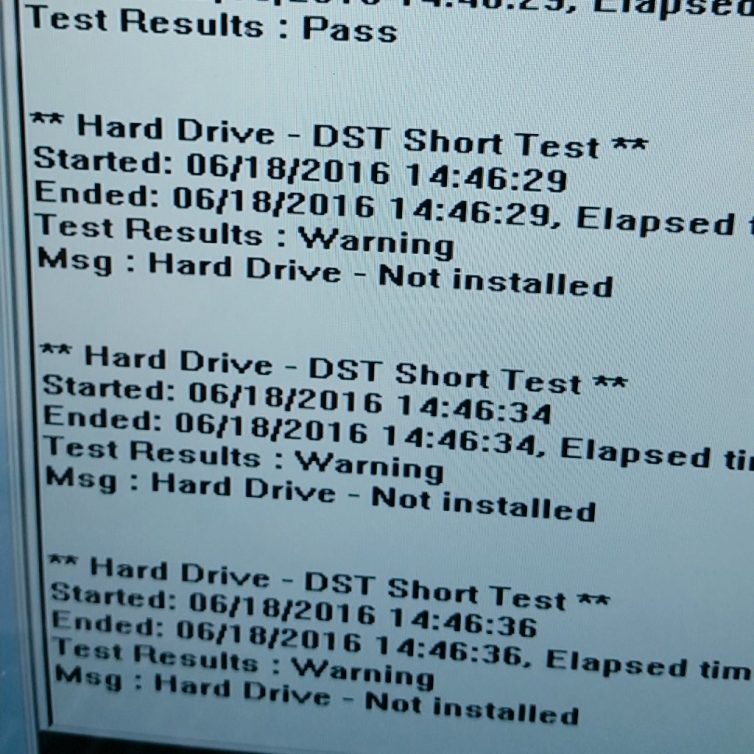
This is never a good thing to see on your computer screen
I realize this is not one of your usual #AvGeek stories on AirlineReporter, but if you’re a traveler, writer, planespotter, and/or photographer (and I happen to be all of the above to some degree), then you know that photos, whether they are taken to tell a story or record a memory, are your treasure, the fruits that result from your hard labor.
My photos may not be valuable to others, but certainly they are valuable to me… some might even be priceless and irreplaceable. Given that, you’d think I’d be more careful about protecting them. Heck, I tell others how to protect their data all the time (just ask my wife). Yet somehow, I never did… maybe it was procrastination, or naivete thinking a relatively new laptop wouldn’t fail, but in any case I had the majority of my photos in one place… on my laptop’s hard drive. I will be the first to admit that what I did was stupid.
So imagine that pit in my stomach that occurred when I hit the power button on my laptop and a simple text system notification appeared on my screen: “Bootable device not found…”
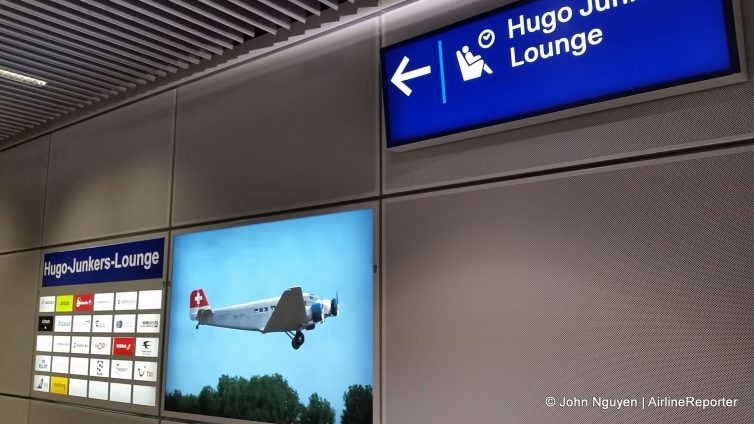
Follow the signs to the Hugo Junkers Lounge in DUS.
Recently on a oneworld itinerary connecting through Dà¼sseldorf Airport (DUS), I was able to visit the Hugo Junkers Lounge, which is contracted by several airlines to serve their premium passengers. As I said in my review of the Hamburg Airport Lounge, I’m always iffy when it comes to third-party lounges, so I headed up the elevator with cautious optimism.
As a oneworld Sapphire elite member (in my case, Platinum on American Airlines), flying with Oneworld partners grants me access to airport lounges, though with the caveat that lounges operated by third parties may not be available. Fortunately, that restriction wasn’t in place on this trip; previously, flying Air Berlin on my first leg from Hamburg (HAM) to DUS, I was given access to the Hamburg Airport Lounge. My next leg from DUS to London Heathrow (LHR) was on British Airways, which contracts with the Hugo Junkers Lounge operated by DUS, to which I was also granted access thanks to my status.
Wikipedia: Who is Hugo Junkers?
The Hugo Junkers Lounge also contracts with several other airlines departing out of in the Schengen zone (read: mainly any airline not named Lufthansa), as well as a few membership programs. One could also pay €21 for access (credit cards only).
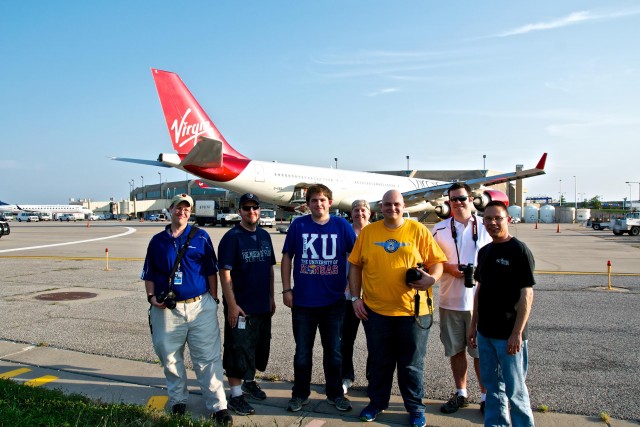
Aviation enthusiasts pose with a Virgin Atlantic A340 – Photo: Daniel Palen
As an avid plane spotter, I’ve had my fair share of run-ins with the curious/uninformed public, skeptic law enforcement officers (LEOs), airport staff, and even airline employees. Typically these exchanges go positively and, with luck, without missing out on any good shots: “Who are you? What are you doing? Why are you taking photos in a post-9/11 world?” To which I respond: JL Johnson, frequent traveler, airline reporter, and, most importantly: AvGeek.
Typically I tell them about my passion and how [whatever organization they represent] is generally supportive (or at least tolerant) of such activity. It’s not uncommon that I pull out an iDevice and show the inquirer samples of my work and/or tweets endorsing or acknowledging spotting from various institutions (I keep a list of tweets handy for this very reason – you should too).
While doing homework on the environment in advance of spotting is key, I find that the more geeky and passionate I make the conversation the quicker a situation is defused. Apparently geeks can’t be bad guys. For whatever reason, people respond better not to fact, but passion/emotion. So I bring both.
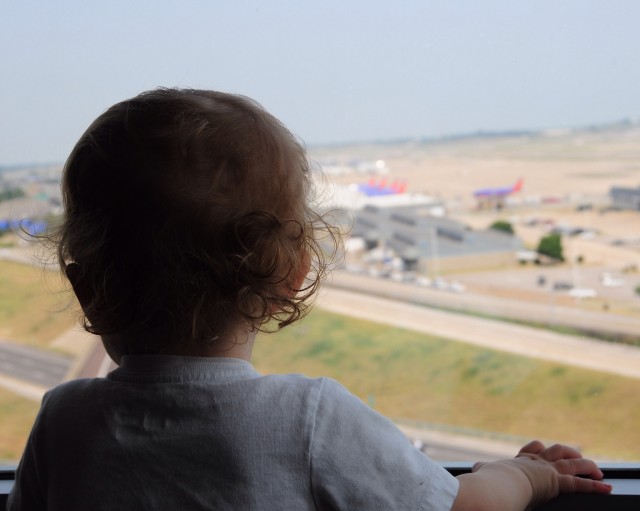
Plane spotting – even toddlers do it! Photo: JL Johnson
That’s the typical interaction. Alas, my attempts to convince folks that I’m not a terrorist and that my telephoto lens doesn’t shoot plane-crippling ray-gun beams are not always successful. I had one such interaction recently at Chicago’s Midway Airport (MDW) which I’d like to detail if only to clear the air about what’s generally allowed vs. not, how to handle these encounters, and to assure my AvGeek brethren that it’s typically OK to take photos of publicly-visible property from public areas. But…your results may vary.
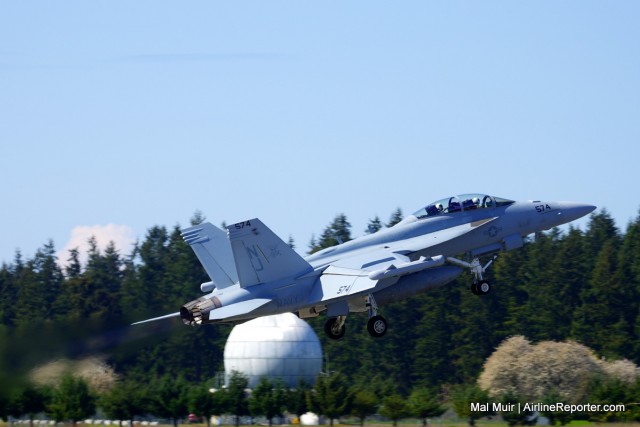
An EA-18G Growler from VAQ-129 climbs out of OLF Coupeville in full afterburner
Picture this: the sun is shining, the sky is blue, and yellow dandelions are beginning to bloom in the green grass. Sounds pretty good, right? As AvGeeks, what could make this better? Well, how about the sound of jets? Not just any jets but fast moving jets, the kind that are flown by the U.S. Navy.
Interested? You might want to head about 90 minutes northwest of Seattle and check out the NOLF (aka OLF) Coupeville. I recently got to experience all of the above, and more, and figured I should share what I experienced.
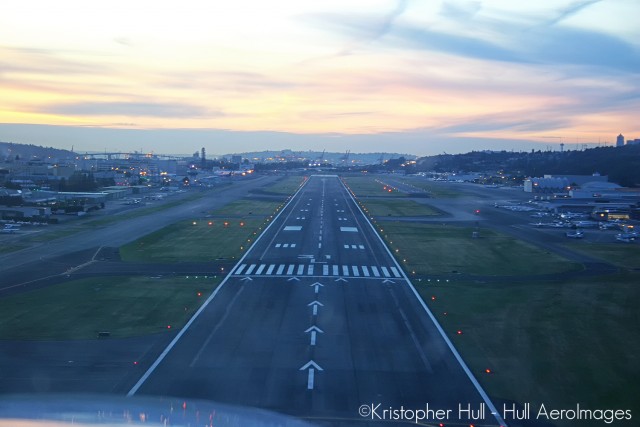
Boeing Field in 2005
King County International Airport, or Boeing Field (BFI) as it is commonly known, is the largest business and general aviation airport in the Seattle area. If you are flying your Gulfstream or Challenger in to Seattle, this is the place you are likely going to be landing.
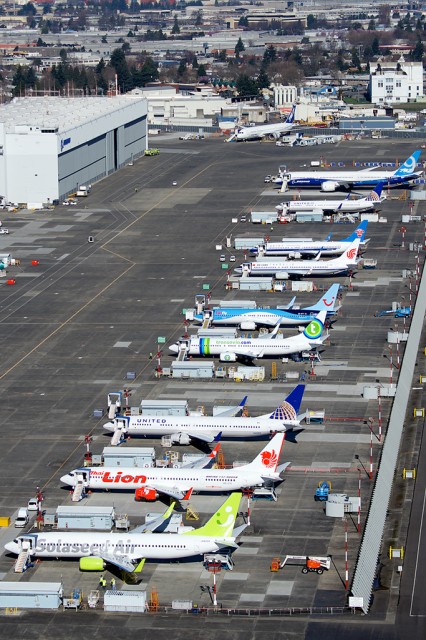
The line up of brand new Boeing 737s at BFI – Photo: Bernie Leighton
There are a few scheduled services in and out of this airport, which include Kenmore Air Express and cargo flights with UPS & DHL (FedEx is based at SeaTac). The major traffic at this airport comes from general aviation, business jets via the Fixed Base Operators (FBOs), and Boeing test flights.
Because of this diversity, BFI is a great place to go aircraft spotting.






